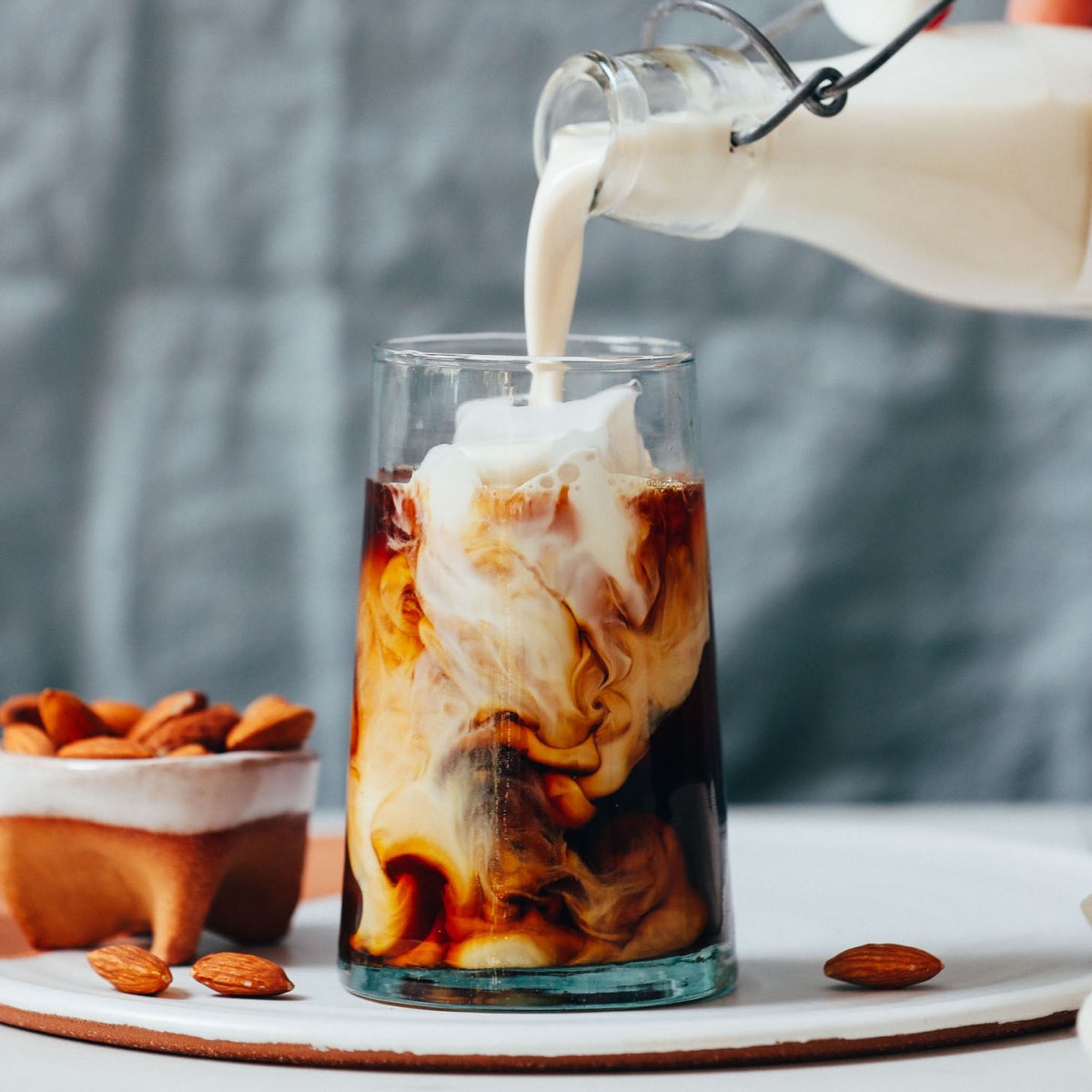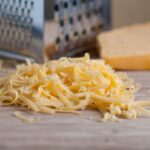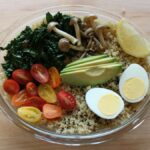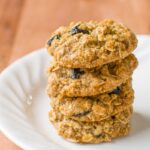Dive into a world of velvety smooth, dairy-free delights! This exploration unveils the secrets to crafting creamy coffee and cocktails without relying on traditional dairy milk. We’ll journey through a diverse landscape of plant-based milk alternatives, each offering a unique flavor profile and texture, perfect for elevating your favorite beverages. From the nutty richness of almond milk to the subtly sweet embrace of oat milk, we’ll uncover the best options for achieving that perfect creamy consistency, whether you’re whipping up a frothy cappuccino or a decadent Piña Colada.
Learn how to expertly froth and blend these alternatives to create drinks that rival their dairy-laden counterparts. Discover simple techniques and recipe variations to customize your creations, adding spices, sweeteners, and flavor extracts to suit your palate. We’ll tackle common pitfalls, like watery textures, providing solutions to ensure every sip is a luxurious experience. Prepare to unlock a universe of creamy, dairy-free possibilities!
Creamy Dairy-Free Cocktail Recipes
Dairy-free milk alternatives offer a versatile and delicious way to create creamy cocktails without compromising on texture or flavor. Their naturally rich profiles lend themselves beautifully to a range of spirits and mixers, allowing for both classic cocktail reimaginings and exciting new creations. This section explores two unique dairy-free cocktail recipes, highlighting the distinct characteristics each milk alternative brings to the mix.
Dairy-Free Piña Colada Recipe
This recipe focuses on crafting a balanced and refreshing Piña Colada using full-fat coconut milk for its inherent creaminess and tropical flavor notes. The key is to achieve a harmonious blend of sweetness, tartness, and the characteristic coconut essence without being overly heavy or cloying. We will use fresh pineapple for its vibrant acidity and natural sweetness, avoiding the need for excessive added sugar.
Ingredients:
- 2 oz White Rum (a higher-quality rum will enhance the overall taste)
- 4 oz Full-Fat Coconut Milk (refrigerated for optimal creaminess)
- 2 oz Fresh Pineapple Juice (from a ripe pineapple for maximum sweetness and flavor)
- 1 oz Fresh Lime Juice (balances the sweetness and adds brightness)
- 1/2 oz Pineapple Syrup (optional, for extra sweetness; adjust to taste)
- Pineapple wedge and maraschino cherry (for garnish)
Instructions:
- Combine all ingredients in a blender.
- Blend until completely smooth and frothy.
- Pour into a chilled hurricane glass filled with ice.
- Garnish with a pineapple wedge and a maraschino cherry.
Dairy-Free White Russian Recipe
This sophisticated take on the classic White Russian utilizes cashew milk for its subtly sweet and creamy texture. Cashew milk provides a luxurious mouthfeel without the heaviness of cream, resulting in a cocktail that is both decadent and refreshing. The key here is to use a high-quality vodka and a good-quality coffee liqueur for a balanced and nuanced flavor profile. The right chilling temperature is also crucial for the optimal creamy texture.
Ingredients:
- 2 oz Vodka (a smooth, premium vodka is recommended)
- 1 oz Coffee Liqueur (choose a liqueur with a rich, complex flavor)
- 1 oz Unsweetened Cashew Milk (chilled thoroughly)
- Ice cubes
- Coffee beans (for garnish)
Instructions:
- Fill a rocks glass with ice.
- Add the vodka and coffee liqueur to the glass.
- Slowly pour in the chilled cashew milk.
- Stir gently to combine.
- Garnish with a few coffee beans.
The ideal texture of this dairy-free White Russian should be luxuriously smooth and creamy, with a velvety mouthfeel. The chilled cashew milk contributes to this, creating a drink that is both satisfying and elegant.
Tips for Achieving Creaminess
Achieving a luxuriously creamy texture in dairy-free coffee and cocktails requires careful consideration of several factors. The right technique, combined with the appropriate ingredients, can transform a thin, watery beverage into a decadent treat. Understanding the science behind emulsification and stabilization is key to unlocking the secrets of creamy dairy-free perfection.
The velvety smoothness of a perfectly crafted dairy-free drink hinges on several crucial elements. Proper blending techniques can create a micro-emulsion, resulting in a smoother texture. Careful chilling helps to solidify fats, contributing to a richer mouthfeel. The strategic use of emulsifiers and stabilizers further enhances the drink’s creamy consistency and prevents separation.
Blending, Frothing, and Chilling Methods
Different methods contribute to the overall creaminess of your dairy-free beverage. The power of your blender, the duration of blending, and the temperature of your ingredients all play a role. Similarly, the technique of frothing, whether by hand or with a dedicated frother, significantly affects the texture. Finally, chilling allows fats to solidify, contributing to a thicker, more luxurious mouthfeel.
- High-Speed Blending: Using a high-powered blender for an extended period (30-60 seconds) creates a smooth, micro-emulsified texture. Imagine the tiny fat droplets being completely dispersed, creating a seamless, velvety consistency.
- Frothing Techniques: Frothing introduces air into the beverage, creating a light and airy texture. This is particularly effective with plant-based milks like soy or oat milk. Picture the delicate, foamy layer atop a perfectly frothed cappuccino.
- Chilling for Enhanced Creaminess: Chilling the beverage before serving allows the fats to solidify slightly, leading to a richer, thicker consistency. Imagine the difference between a freshly blended smoothie and one that has been chilled for a few hours – the chilled version is noticeably creamier.
The Role of Emulsifiers and Stabilizers
Emulsifiers and stabilizers are crucial for preventing separation and maintaining the creamy texture of dairy-free drinks. They work by binding fat and water molecules together, preventing the mixture from separating into layers. This results in a consistent, smooth texture throughout the beverage. Understanding their function is key to creating a stable and delicious drink.
- Emulsifiers: These ingredients help to combine oil and water, preventing separation. Examples include lecithin (soy or sunflower) and xanthan gum. Think of them as tiny bridges connecting the fat and water molecules.
- Stabilizers: These ingredients help to maintain the texture and prevent the drink from becoming watery or grainy over time. Examples include guar gum and carrageenan. They act like a supportive network, keeping the creamy consistency intact.
Common Mistakes and Solutions
Several common mistakes can lead to a less-than-creamy dairy-free drink. These often stem from improper blending techniques, incorrect ingredient ratios, or neglecting the importance of emulsifiers and stabilizers. Understanding these pitfalls and their solutions is essential for consistent success.
- Watery Texture: This often results from using too much liquid or not enough thickeners. Solution: Adjust the liquid-to-thickener ratio, adding more plant-based cream or a thickening agent like agar-agar.
- Grainy Texture: This can occur if the ingredients aren’t properly blended or if certain ingredients are not finely ground. Solution: Blend for a longer duration or use pre-ground ingredients. Ensure all ingredients are completely emulsified.
- Separation: This happens when emulsifiers are insufficient or missing. Solution: Add an emulsifier like lecithin and blend thoroughly. Consider chilling the drink to help maintain the emulsion.
Recipe Variations and Customization

Unlocking a world of creamy dairy-free delights is as simple as adjusting a few ingredients. The base recipes provide a fantastic foundation, but the true magic lies in personalizing them to match your unique palate. Experimenting with different sweeteners, spices, and flavor extracts allows you to create signature drinks that perfectly reflect your taste preferences. The possibilities are as endless as your imagination!
Sweetener Alternatives
The sweetness level in your dairy-free coffee or cocktail can be easily adjusted to suit your preference. Instead of relying solely on granulated sugar, explore a range of alternatives. A touch of maple syrup adds a warm, caramel-like sweetness, while agave nectar contributes a subtle, floral note. For a healthier option, consider using stevia or erythritol, both low-calorie sweeteners that provide sweetness without significantly impacting the drink’s overall flavor profile. Remember to start with small amounts and adjust to your desired sweetness level, tasting as you go. Too much sweetener can easily overpower the other delicate flavors.
Spice and Extract Enhancements
Infusing your creamy dairy-free drinks with spices and extracts adds another layer of complexity and depth. A dash of cinnamon in your coffee creates a comforting warmth, while a few drops of vanilla extract lend a touch of elegance. Experiment with cardamom for a subtly sweet and aromatic twist, or explore the warming notes of nutmeg or ginger. For a more adventurous approach, try incorporating extracts like peppermint, almond, or hazelnut to create unique and surprising flavor combinations. Remember that a little goes a long way; start with small amounts and adjust according to your taste.
Dairy-Free Milk Alternatives Exploration
The choice of dairy-free milk significantly impacts the texture and flavor of your drink. Experimenting with different alternatives opens up a whole new realm of possibilities. Oat milk, for example, provides a naturally creamy texture and slightly sweet flavor, while almond milk offers a lighter, nuttier profile. Soy milk contributes a richer, slightly beany taste, while coconut milk lends a distinct tropical sweetness. Each alternative will interact differently with the other ingredients, leading to unique results. Consider the flavor profile of the other ingredients in your recipe when selecting your dairy-free milk to create a harmonious and balanced drink.
Recipe Variations Table
The following table presents variations on a basic creamy dairy-free latte and cocktail recipe, showcasing the versatility of dairy-free milk alternatives and additional ingredients.
| Recipe | Dairy-Free Milk | Additional Ingredients | Flavor Profile |
|---|---|---|---|
| Dairy-Free Latte | Oat Milk | 1 tsp Maple Syrup, ½ tsp Cinnamon | Warm, subtly sweet, spiced |
| Dairy-Free Latte | Almond Milk | ½ tsp Vanilla Extract, pinch of Cardamom | Nutty, subtly sweet, aromatic |
| Dairy-Free Cocktail (e.g., Piña Colada variation) | Coconut Milk (full-fat) | Pineapple juice, rum, lime juice | Tropical, creamy, refreshing |
| Dairy-Free Cocktail (e.g., Creamy Chocolate Martini) | Soy Milk | Chocolate syrup, vodka, coffee liqueur | Rich, decadent, chocolatey |
Adapting Recipes for Dairy-Free Alternatives
Successfully transitioning any recipe to a dairy-free version hinges on understanding the role of dairy in the original recipe. Dairy often contributes creaminess, richness, and sometimes even a subtle tang. When substituting, consider the properties of your chosen dairy-free milk. If the original recipe relies heavily on creaminess, a thicker dairy-free milk like full-fat coconut milk or oat milk might be necessary. For richness, consider adding a touch of coconut cream or a dairy-free cream alternative. If the recipe requires a specific level of sweetness or tang, adjust accordingly with sweeteners or citrus juices. Always start with a small amount of the dairy-free milk and gradually add more until you achieve the desired consistency and flavor. Remember to taste as you go and adjust the other ingredients accordingly to maintain a balanced and delicious result. Experimentation is key!
Unlocking the creamy potential of dairy-free milk alternatives opens up a world of exciting culinary possibilities. From the simple elegance of a vegan latte to the tropical escape of a dairy-free Piña Colada, the recipes and techniques explored here empower you to create sophisticated and satisfying beverages. Mastering the art of frothing, blending, and understanding the unique properties of each milk type will transform your coffee and cocktail routine. Experiment with flavors, customize recipes to your liking, and savor the creamy perfection of every sip—all without compromising on taste or texture.
General Inquiries
Can I use any dairy-free milk for all recipes?
While many dairy-free milks work well, some are better suited to specific applications. For example, coconut milk’s richness is ideal for cocktails, while oat milk often froths best in coffee.
How long can I store homemade dairy-free coffee drinks?
Refrigerate homemade dairy-free coffee drinks and consume them within 1-2 days for optimal freshness and flavor.
What if my dairy-free drink is too thin?
Try adding a thickening agent like a small amount of agar-agar powder or a blend of chia seeds. Adjust the ratio of milk to other ingredients to achieve the desired consistency.
Are all dairy-free milks equal in terms of calories and nutrition?
No, nutritional content varies significantly. For example, almond milk is generally lower in calories than oat milk or coconut milk.


